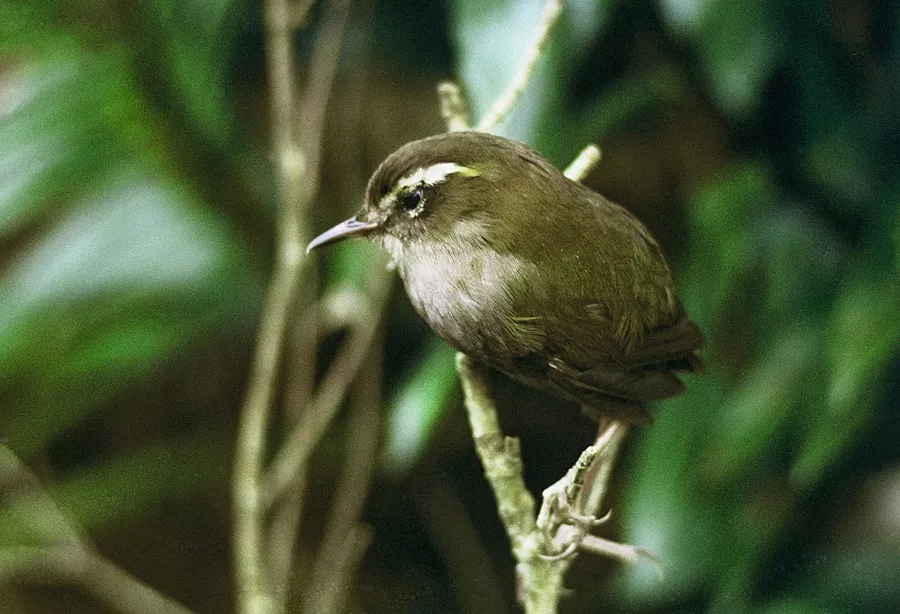New Zealand’s fiercely competitive and often controversial bird of the year competition will be replaced this year by a bird of the century contest that will include extinct species to highlight the threats to native wildlife.
This year five extinct species will be included among the 75 contenders, to bring attention to the pressures facing the natural world. In New Zealand, 82% of birds are threatened with extinction.
The extinct species included in this year’s poll are he whēkau/laughing owl, last spotted in 1914; the mātuhituhi/bush wren, last seen in 1972; the songbird huia, noted for its ebony glossy plumage, last sighted in 1907; the tutukiwi/South Island snipe, “a shorebird gone bush” marked extinct in 1964, and the piopio/native thrush, a prime chanteuse reportedly capable of mimicking other birds, last officially sighted in 1905.
Forest and Bird chief executive Nicola Toki described these species as “disappearing off the radar on our watch”.
In a nation noted for its fervent obsession with birds, the popular poll is run by the conservation organisation Forest and Bird, and the change from crowning bird of the year, to bird of the century, has been made to mark the organisation’s centennial.
The annual competition, which is open to national and international voters, is no stranger to controversy. Voting opens in October, the same month as New Zealand’s general election, and previous polls have been marred by tales of dirty tactics and online feuds with fervid campaigns run for each winged candidate.
Last year, the little-known pīwauwau rock wren—the country’s sole alpine bird— won in a tight and controversial race, as the beloved kākāpo, the world’s chubbiest parrot was barred after winning twice in 14 years. In 2021 cries of foul play followed a title win by a native bat.
In 2019 voting scandals rocked the nation, after hundreds of votes from Russia spurred claims of election meddling, but they were ultimately judged legitimate votes, with a Forest and Bird spokesperson citing interest from Russian ornithologists as likely responsible. The year before, the organisation alleged that 300 fraudulent votes were cast in the online ballot by Australians seeking to rig the contest in favour of the shag.
Chief executive Toki predicted the bird of the century would be a tight race and is likely to divide opinion: “There’s always controversy — as long as we’ve run it there’s been controversy.”
While the competition attracts headlines and political endorsements, Toki said the organisation had invited political leaders across party lines to its conference this year and not one agreed to attend. Toki said New Zealanders were “frustrated by this sleepwalking past environmental issues”.
“There is a terrifying disconnect with the fact that New Zealanders consider our birds and wildlife as part of our national identity, and something we expect as citizens to be looked after”.
She said protecting biodiversity was “not a priority”.
“My concern is that all political parties are being wildly irresponsible in the lead up to this slightly less exciting election, because none of them are talking about our biodiversity.”


 Facebook
Facebook  Instagram
Instagram  Youtube
Youtube 